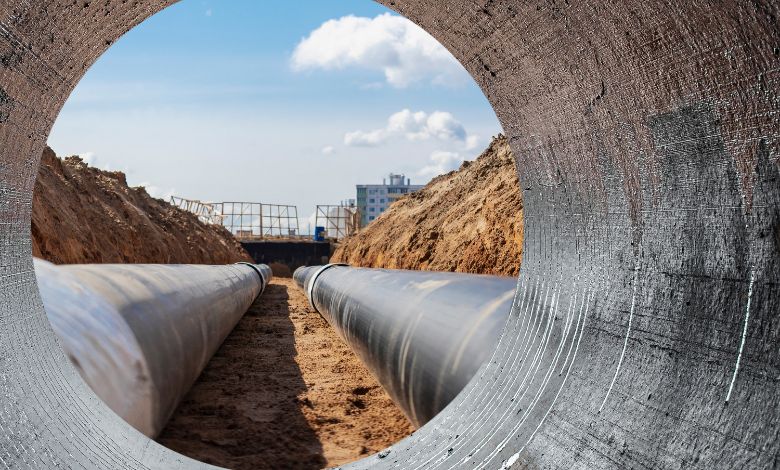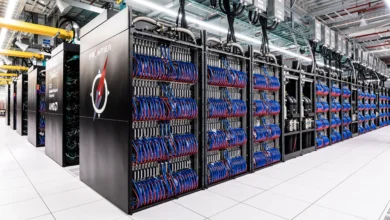
The Impact of Aging Infrastructure on Cities
Some of the most well-known and influential cities in the United States have been bustling for decades. As these cities continue to expand and populations surge, the underlying infrastructure that supports our urban existence is increasingly coming under scrutiny. From crumbling bridges to outdated water systems, the impact of aging infrastructure on cities and their residents is far-reaching. It affects not only quality of life but also the economic prospects, environmental sustainability, and overall resilience of these urban areas. The pressing need to address this issue is becoming more evident as we witness the consequences of neglecting our aging infrastructure. This blog will delve into the multifaceted implications of this critical urban challenge.
Economic Consequences of Deteriorating Infrastructure
The economic repercussions of deteriorating infrastructure are significant. In many cases, the cost of maintaining and repairing outdated infrastructure often outweighs the initial investment needed for modernization. Infrastructure issues can cause delays in business operations that can hinder economic performance in a given area, as they lead to increased operational costs and reduced productivity. Moreover, the deterioration of infrastructure is progressive, meaning the economic effects will intensify if left unaddressed.
Aging Infrastructure and Public Health Concerns
The state of infrastructure directly influences public health. Aging water systems can lead to contamination, while poor road conditions can increase the risk of accidents. Moreover, inadequate health infrastructure, in which the US ranks 55th, can impede access to essential healthcare services. These challenges underscore the urgent need to invest in upgrading and maintaining our infrastructure to safeguard public health.
Environmental Impact of Outdated Urban Infrastructure
Outdated urban infrastructure also poses serious environmental threats. Old water systems can lead to wastage of precious resources, while inefficient energy systems contribute to higher carbon emissions. It’s for this reason that many cities are looking into water main rehabilitation alternatives that reduce the impact of aging infrastructure on cities without causing further harm to the environment. Furthermore, the construction and maintenance activities associated with aging infrastructure can disrupt local ecosystems. Thus, modernizing infrastructure is not only an economic necessity but also an environmental imperative.
Technological Solutions for Aging Infrastructure
Technological advancements offer promising solutions to the challenges posed by aging infrastructure. Digital technologies, for example, can improve the efficiency and reliability of infrastructure systems. They can also aid in preventive maintenance, thereby reducing the costs associated with repairs and replacements. Embracing such innovations is crucial for transforming our aging infrastructure into smart, sustainable, and resilient systems that can support the cities of the future.






